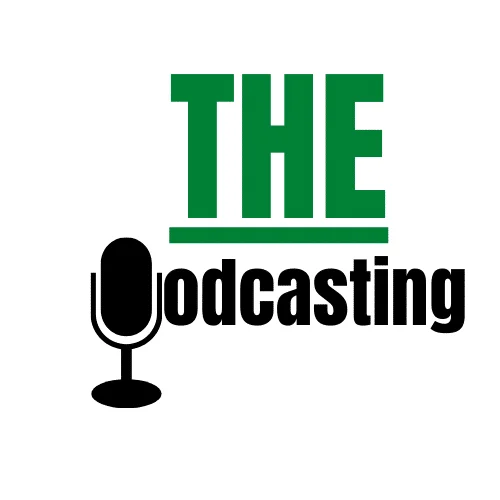Podcasting has grown into a powerful medium with millions of listeners globally. While many podcasters initially focus on building a large and engaged audience, monetizing your podcast through merchandising is one of the most lucrative and engaging ways to connect with your audience. Podcast merchandise not only helps in generating revenue but also strengthens your brand’s presence.
Podcast Merchandising: A Complete Guide to Creating and Selling Podcast Merchandise
This blog provides a step-by-step guide to podcast merchandising — from designing products to selling them, while ensuring a great user experience and sustainable profits.



